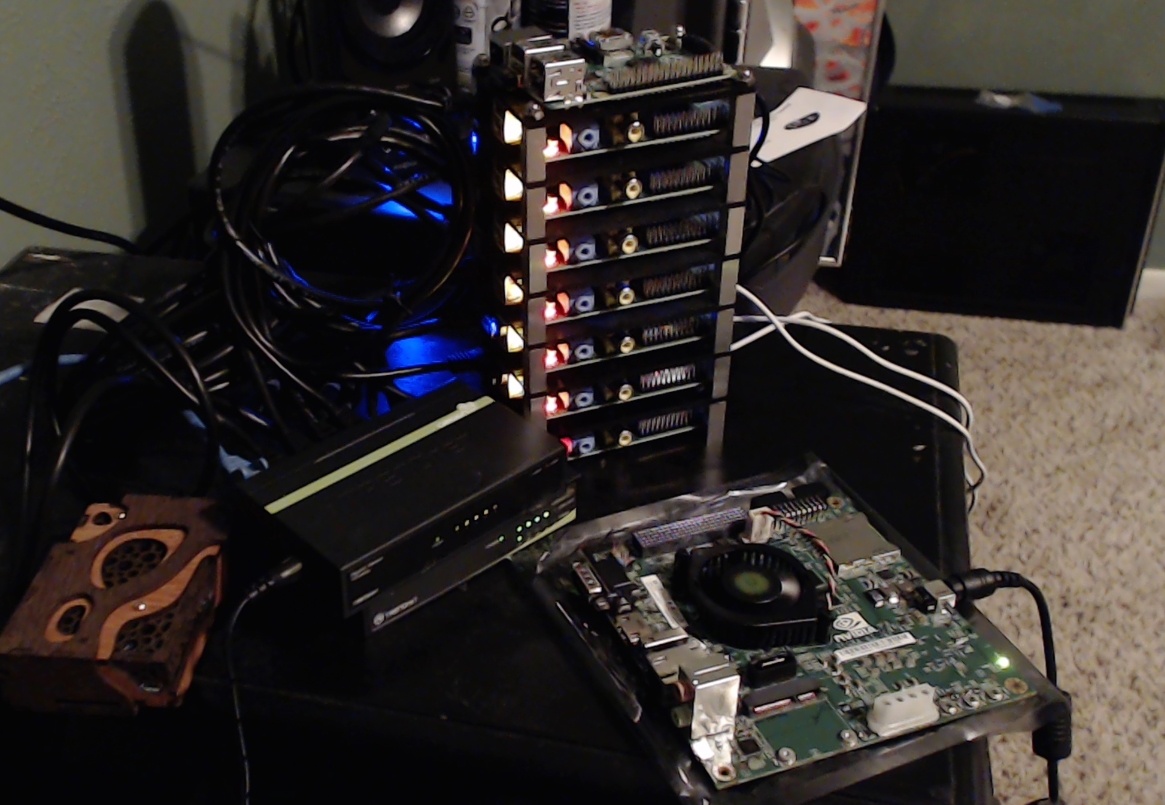
Build a Supercomputer with Raspberry Pis
Using the Raspberry Pi as a cheap node to a supercomputer
Normally, building a supercomputer, even just a cheap one to learn about networking and parallel computing, is quite expensive. With the Raspberry Pi, however, we can build a functional 4-node supercomputer for less than $200.
Now, some people might ask why you might consider building a supercomputer out of Raspberry Pis, citing their weak processing abilities. To these people, I simply respond: Because I can. Just the very notion of building a supercomputer is plain awesome.
If being able to say you've built and own a supercomputer is not enough, that's fine. You will also learn about networking and parallel processing.
In this series, you will learn not only how to build the supercomputer, but also how to use it by parallel programming with MPI (Message Passing Interface) and the Python programming language.
To get started, let's learn some basics to supercomputing.:
-
Build a Supercomputer with Raspberry Pis
-
Intro
-
Supplies
-
Installing Operating System
-
Downloading and installing MPI
-
Testing Supercomputer
-
MPI with MPI4py Introduction
-
Installing mpi4py for use with Python and MPI
-
First basic MPI script with mpi4py
-
Using conditional, Python, statements alongside MPI commands example
-
Getting network processor size with the size command
-
Sending and Receiving data using send and recv commands with MPI
-
Dynamically sending messages to and from processors with MPI and mpi4py
-
Message and data tagging for send and recv MPI commands tutorial
-
MPI broadcasting tutorial with Python, mpi4py, and bcast
-
Scatter with MPI tutorial with mpi4py
-
Gather command with MPI, mpi4py, and Python
